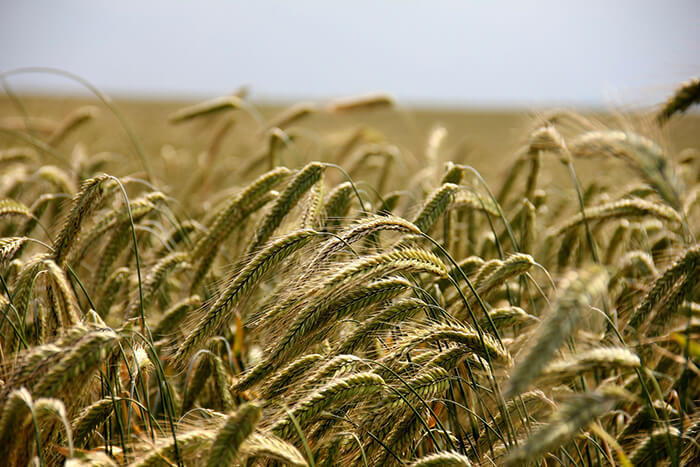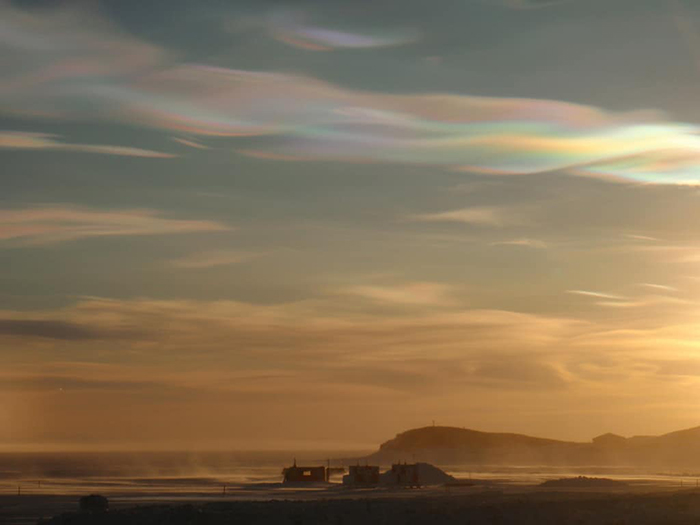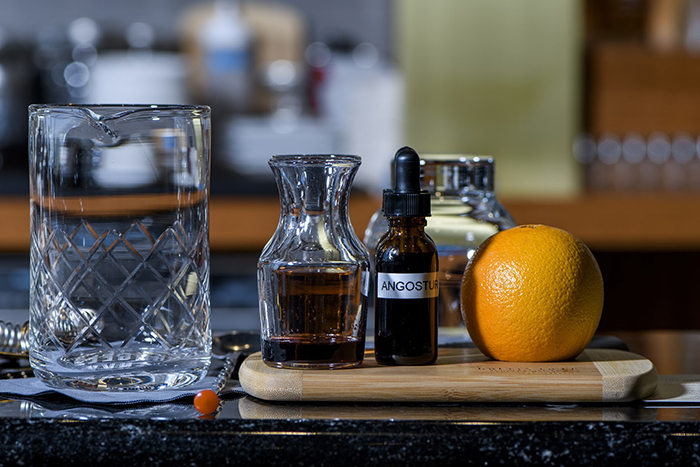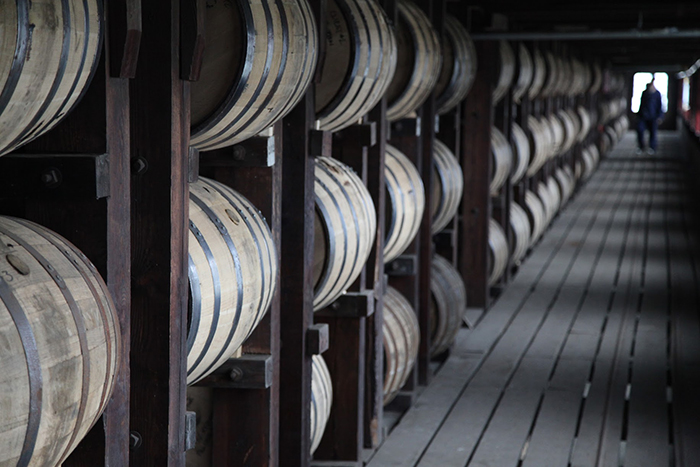What makes canadian whisky its own
We’ve talked about the differences between bourbon and Irish whiskey, but what about our friendly neighbors to the north? What makes Canadian whisky its own, distinct species of spirit? Compared to other whiskeys like bourbon or Scotch, Canadian whisky doesn’t have nearly as many legal requirements.
So lets review: what are the legal requirements for bourbon. If you’ve been studying then you’ll know it has to be produced in the United States from a grain mixture that’s at least 51% corn, and must be aged in new, charred oak barrels. It can be distilled to no more than 160 proof, and it has to enter into the barrel for aging at no more than 125 proof. When it’s bottled, the spirit has to be at least 80 proof. Also, bourbon can’t contain any added flavors or coloring. Did you remember all that? Good. You won’t have to remember nearly as much for Canadian whisky.

Did you know that in Canada rye whisky and Canadian whisky are used almost interchangeably? The story goes that a few hundred years ago, Canadian whisky distillers began throwing a little bit of rye grain into their spirits, which added a strong rye flavor. People started asking for it by name, hence rye whisky. American rye whiskey requires a minimum of 51% rye in the mash bill, but there’s no legal requirement for rye percentage in Canadian whisky. Corn is usually the majority grain. While most people consider Canadian whisky to be lighter than American whiskeys, there’s actually a fairly broad range of spirits under the umbrella.
So what are the legal requirements? Like Scotch and Irish whisky, Canadian whisky has to be aged a minimum of three years in its native country in wooden barrels no larger than 700 liters—new, old, charred or uncharred, it doesn’t matter. The spirit also has to be mashed and distilled in Canada. Alcohol content of the spirits used may exceed 90%, so it’s usually blended down to more drinkable levels. Blending a spirit down from 90% to 40% can diminish some of the natural color and flavors from the grain, which is why Canadian whisky is allowed to add caramel coloring and artificial flavoring. But when it’s finally bottled, it has to be at least 40% ABV. And that’s it. Those are the legal requirements for Canadian whisky.
Interesting side note: when you see characters in shows like Mad Men drinking Canadian Club in the ‘50s and ‘60s, this isn’t necessarily just clever product placement. It was a very popular brand at the time. Following prohibition, which closed many American distilleries, and World War II, when some of the major American distilleries transitioned into war-time tasks like making penicillin or fuel, it took a while for American distilleries to catch back up.






